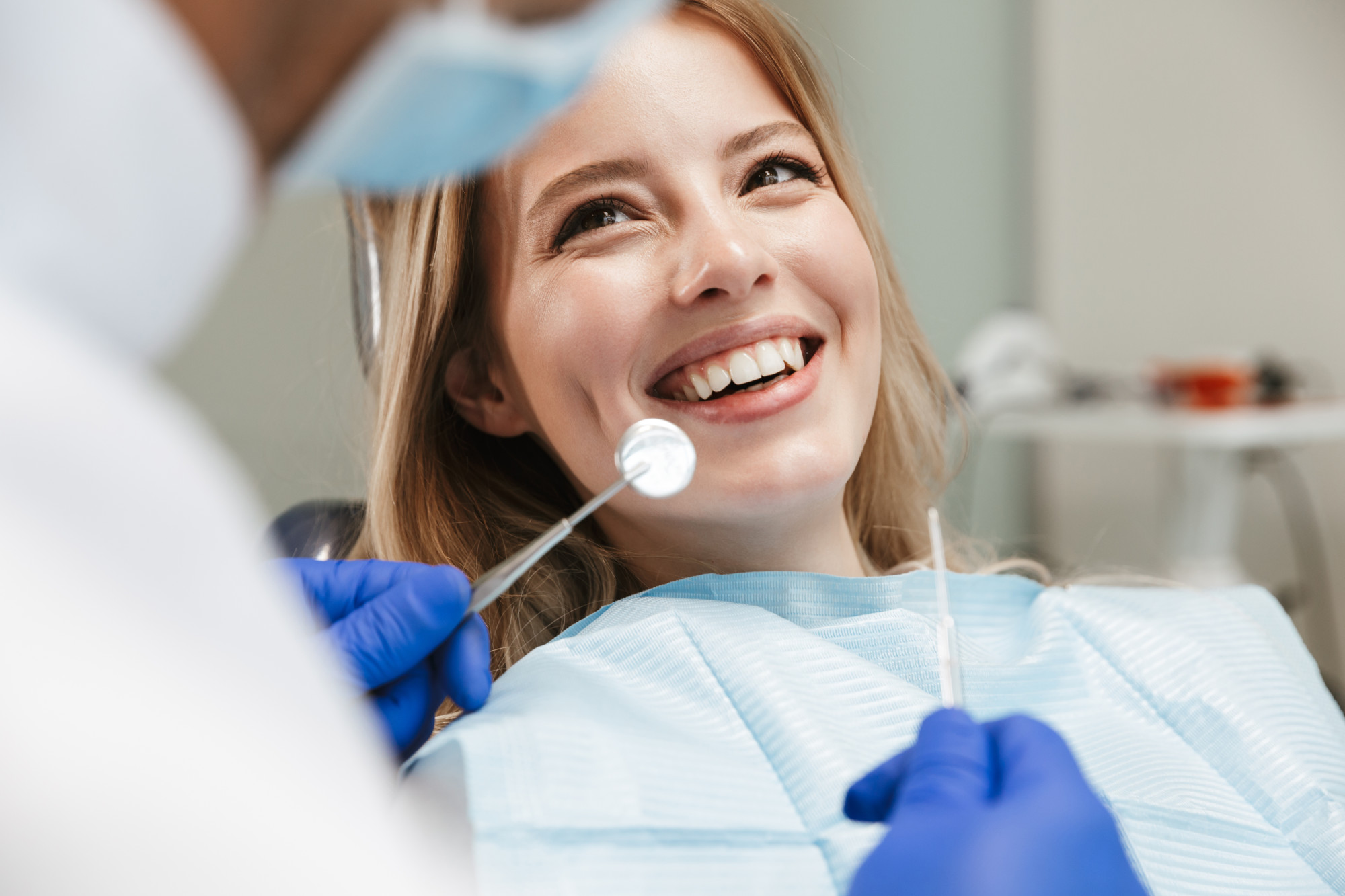4 Simple Techniques For Legacy Orthodontics
4 Simple Techniques For Legacy Orthodontics
Blog Article
The Best Strategy To Use For Legacy Orthodontics
Table of ContentsGet This Report about Legacy OrthodonticsThe Basic Principles Of Legacy Orthodontics Some Known Questions About Legacy Orthodontics.The Single Strategy To Use For Legacy OrthodonticsAll About Legacy Orthodontics
In enhancement, we offer flexible treatment timetables, flexible settlement choices and an enjoyable, satisfying experience.An orthodontist is a dental practitioner educated to identify, prevent, and treat teeth and jaw abnormalities. They correct existing conditions and are educated to identify issues that may create in the future. Orthodontists collaborate with individuals of any ages, from youngsters to adults. Individuals usually connect an excellent smile with good wellness.
Malocclusion, or misaligned teeth, can bring about oral issues, including dental caries, periodontal condition, and challenging or agonizing chewing. Not every person is birthed with straight teeth. If you have a bad bite or big areas in between your teeth, you may desire to speak with a dental practitioner specializing in orthodontic care.
Legacy Orthodontics Can Be Fun For Everyone
( Picture Credit Rating: DigitalVision/Getty Images) Orthodontists use fixed and detachable dental devices, like dental braces, retainers, and bands, to alter the setting of teeth in your mouth. Orthodontic treatment is for dental abnormalities, including: Crooked teethBite troubles, like an overbite or an underbiteCrowded teeth or teeth that are as well far apartJaw misalignmentThe goal of orthodontic therapy is to boost your bite.
A healthy bite ensures you can consume, eat, and speak correctly. While you may think about orthodontists as mainly for children or teenagers who need braces, they can fix dental issues at any type of age. Orthodontists go to university, oral institution, and orthodontic institution. After college graduation, they spend 2 or 3 years in an orthodontic residency program.
All orthodontists are dentists, yet not all dental practitioners are orthodontists. Orthodontic residency programs supply extensive, focused direction for dental experts. They concentrate on two areas: Just how to correctly and safely relocate teeth Just how to properly guide growth in the teeth, jaw, and faceOnce an orthodontist has actually completed training, they have the alternative to end up being board certified.
The Ultimate Guide To Legacy Orthodontics
Imbalance, or malocclusion, is one of the most usual factor individuals see an orthodontist. It is hereditary and is the result of size differences in between the top and reduced jaw or between the jaw and teeth. Malocclusion causes tooth congestion, an askew jaw, or irregular bite patterns. Malocclusion is usually treated with: Your orthodontist affixes metal, ceramic, or plastic square bonds to your teeth.
If you have just minor malocclusion, you may have the ability to make use of clear dental braces, called aligners, as opposed to conventional dental braces (https://blogfreely.net/legacyortho/finding-your-perfect-smile-with-the-best-leesburg-orthodontist). Some individuals need a headgear to help move teeth into line with pressure from outside the mouth. After dental braces or aligners, you'll require to put on a retainer. A retainer is a personalized gadget that maintains your teeth in position.
They can produce extra space in the mouth without having to pull teeth. Orthodontists utilize cables, medical screws, or plates to support your jaw bone.
You may require to see an orthodontist if you have: Crowding or otherwise sufficient area for every one of your teethOverbite, when your top teeth come your base teethUnderbite, when your base teeth are as well much forwardSpacing or concerns with gapsCrossbite, which is when your upper teeth fit behind your base teeth when your mouth is closedOpen bite or a vertical void in between your front base and upper teethMisplaced midline, when the center of your bottom and upper teeth do not line up Remedying an oral malocclusion can: Make biting, chewing, and speaking easierImprove the symmetry of our face and your total appearanceEase pain from temporomandibular joint conditionsDifferent your teeth and make them less complicated to click this clean up, helping protect against dental cavity or tooth cavities It's usually a dental professional who first notices misaligned teeth during a regular test.
Legacy Orthodontics Fundamentals Explained

Throughout your initial orthodontic consultation, you'll likely have: A dental examPhotos taken of your face and smileDental X-raysPanoramic (360 degree) X-rays of your face and headImpressions to create mold and mildews of your teethThese tests will certainly assist your orthodontist recognize just how to continue with your therapy. leesburg orthodontist. An orthodontist is a dental expert who's had training to treat your teeth and jaw
Orthodontists might carry out surgery, exams,X-rays,and even more to help you attain an extra comfortable, much healthier smile. An orthodontist is concentrated on your bite, so something like a damaged tooth would be handled by a dentist. Orthodontists are dentists however not all dental professionals are orthodontists. Orthodontists are concentrated on your bite, or the method your teeth meshed, and the straightness of your teeth.
Ever wondered just how stars constantly appear to have perfectly lined up teeth? Orthodontists are oral professionals that focus on remedying abnormalities in the teeth and jaws.
The Buzz on Legacy Orthodontics

, orthodontists have a diverse toolkit at their disposal. These tried-and-true braces use a system of braces bonded to the teeth and attached by cables.
Clear aligners, like Invisalign, are a prominent choice for people looking for a more very discreet therapy alternative. These detachable trays are custom-made to progressively move the teeth's setting. Headgear may be made use of in combination with braces or aligners to use added targeted forces, specifically for dealing with jaw disparities. In cases of narrow jaws, palatal expanders can be made use of to create room for appropriate tooth positioning.
Report this page